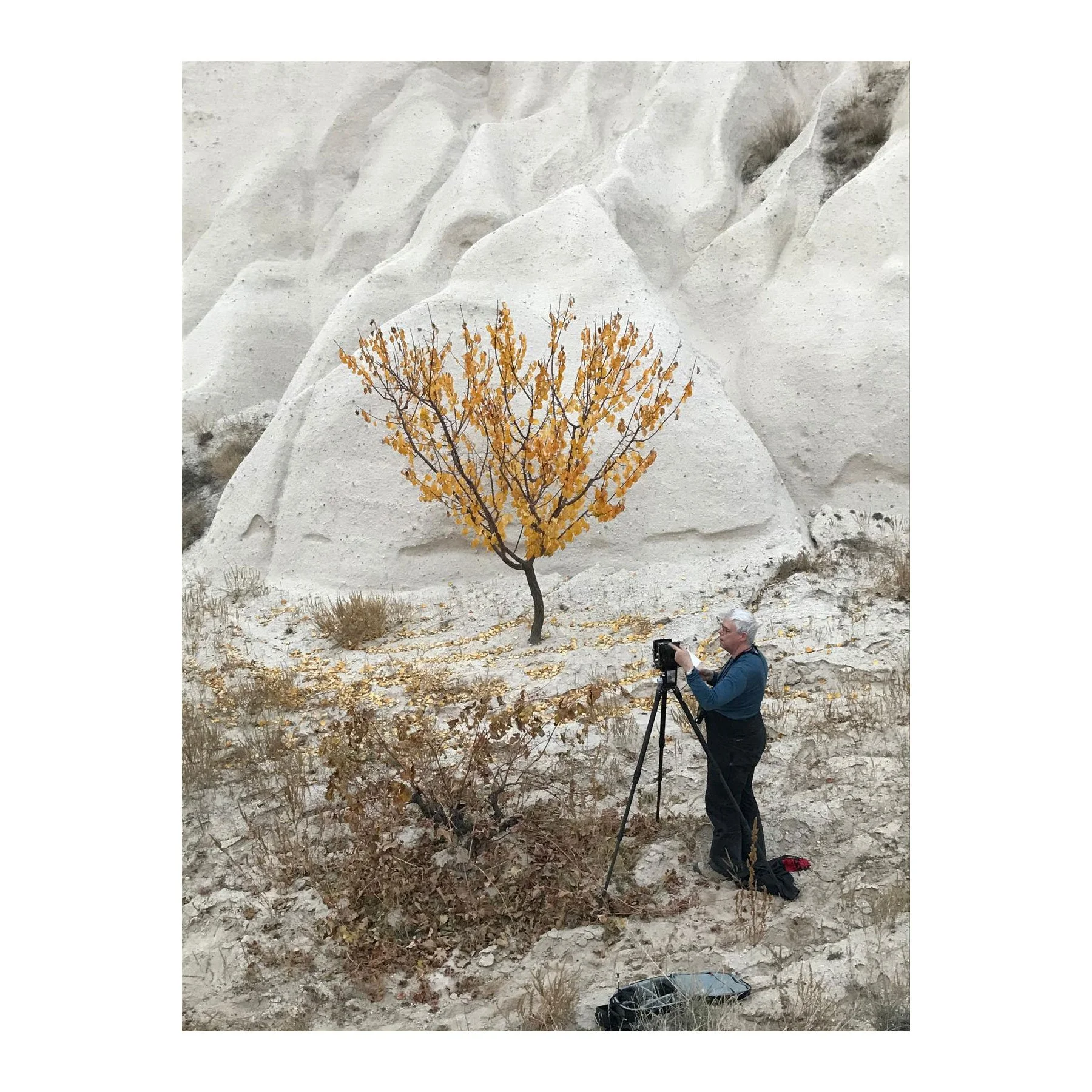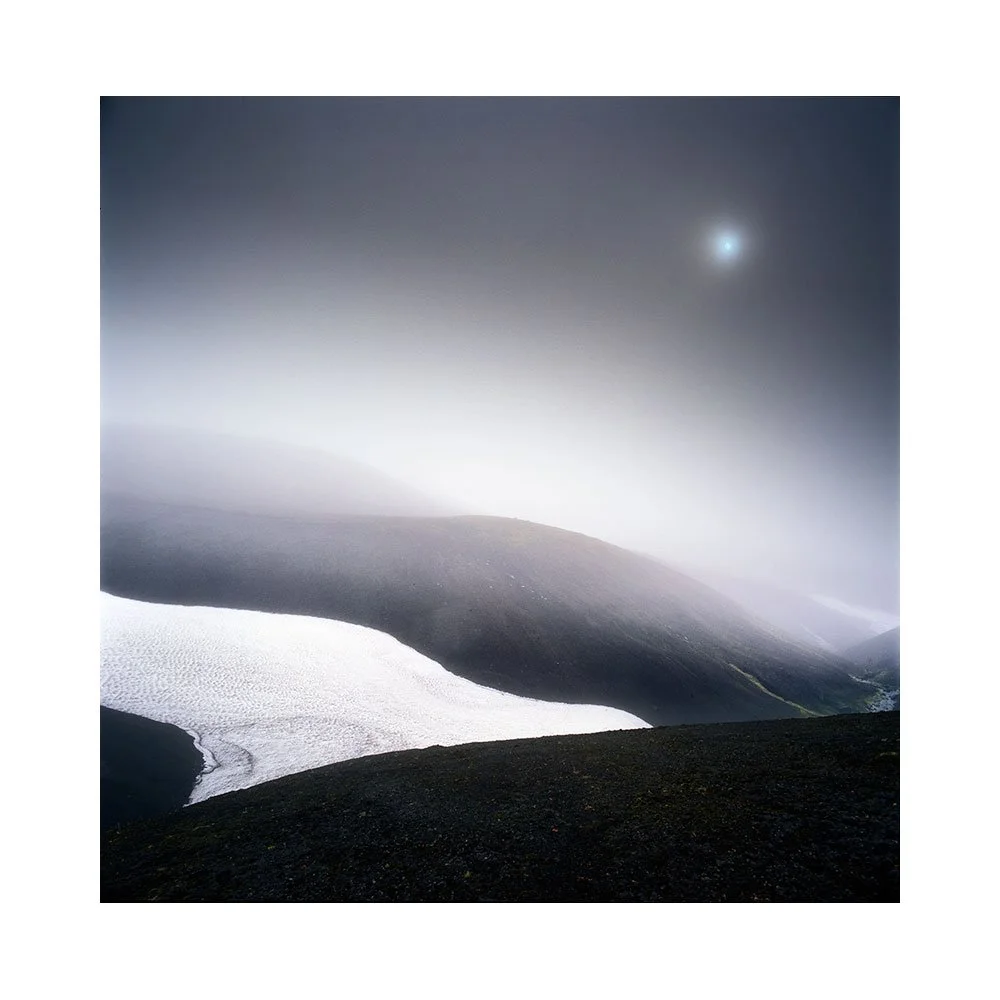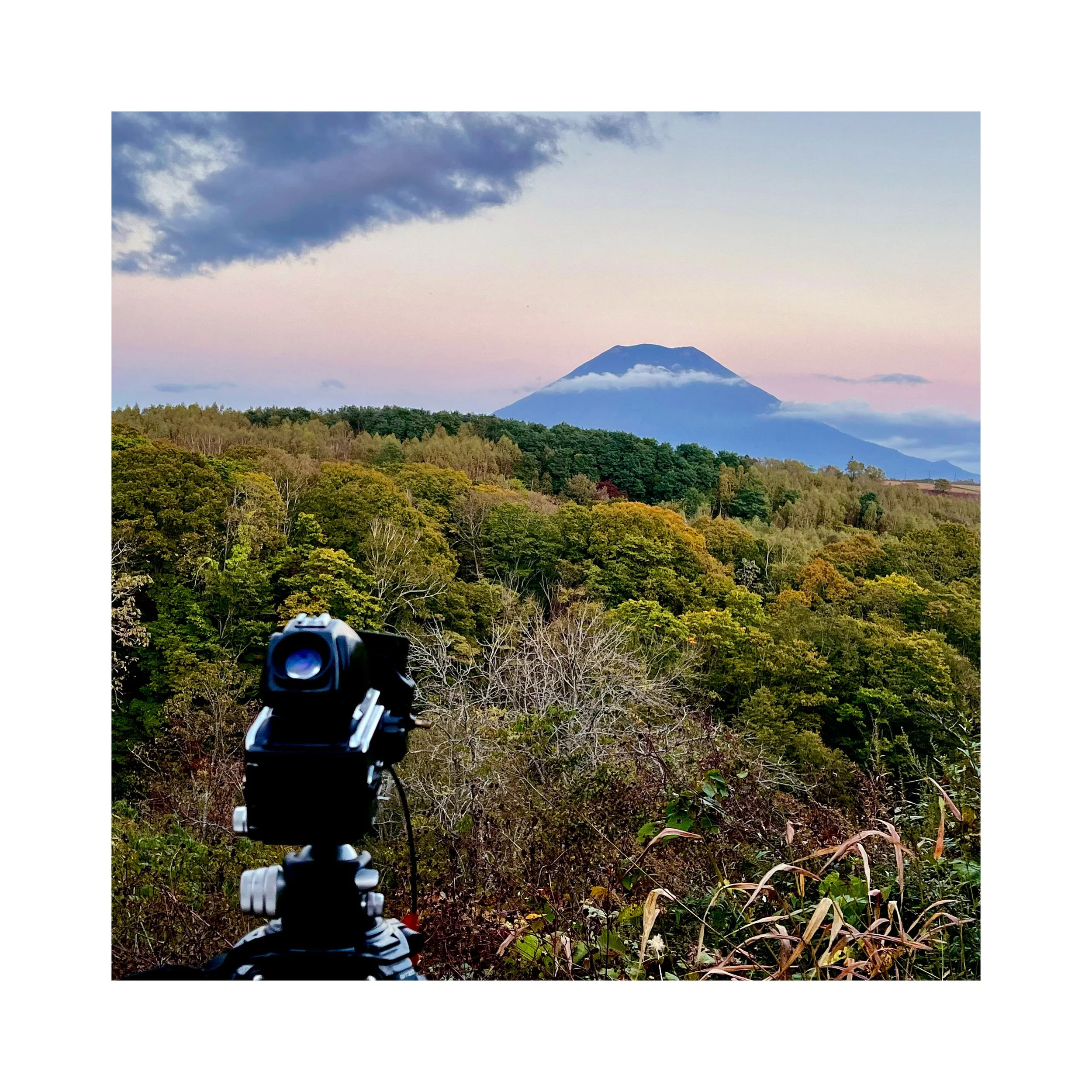This house is just a short journey from where I live.
I love this video. It sums up what is so great about Scotland, and the architecture of Scotland’s older houses. My own house was build in 1927. My previous home was built in the 1700’s. Theirs I assume to be from the 1800’s to the 1900’s. I hope you enjoy the video.
Defending your art
“every time I’ve compromised, I’ve always regretted it”
Listening to an interview with Kate Bush tonight from the early 90’s recounting her writing the ‘Hounds of Love’ album. She talks about the track ‘Running up that Hill’, and how it was supposed to be titled ‘A deal with God’, but had resistance from her record label. Apparently she’s always regretted the compromise.
For me, it was her statement “every time I’ve compromised, I’ve always regretted it” that really jumped out at me.
I have always sensed through interviews with Kate Bush, that she is someone who trusts her instincts, and has very strong views about what she’s doing. Uncompromising may be the best way of saying that, and yet, when you do say it, it comes pre-loaded with conotations of being difficult. Which is a shame, because I think when you know what you want, and strive to convey it, that takes a lot of courage, bravery, and vision.
And intuition.
Artists, need to have intution. They all have it, but I’m not sure that all of them utilise it. It’s your responsibility to work on your own intuition as a photographer.
What I got most out of this interview with Bush was that you should really defend your art. No one else is going to protect it, or look after it more than you will.
So it’s really your job to look after what you do. And you can only do that if you have the utmost respect for yourself and what you do. If you don’t believe in yourself, or your own work, then you can’t really expect others to.
Respect for your work, must start with you.
Proud little tree
I don't know what it is about this little tree at the edge of lake Kussharo in Hokkaido. But I've come to visit it for ten years now and always loved its shape.
I have until this moment been unable to make a photograph of it that I was happy with.
This month I offered it at a special price on my website, and chose the title "Standing proudly at the edge of lake Kussharo" because there seems to be a rather upright stance about it.
There's also some kind of symmetry to it that I find quite pleasing.
Anyway, I know that the image means more to me than anyone else (that is the case for all of our images). I can't quite define what it is that I love about it, but all I know is that it means something to me.
So, welcome little tree, I'm glad we were able to work together.
The print can be found here.
Bliss Photography
For many years now, when I run my Hokkaido winter tour, we end up at the Takushinkan photo gallery. Inside it, they host the photographs of photographer Shinzo Maeda who died in 1989.
To my eye, Maeda’s photographs are beautiful minimalist statements about Hokkaido, in all seasons.
I was particularly taken with Maeda’s autumn images, and they are the sole reason for me wishing to come to Hokkaido at that time of year. I was sure, that Hokkaido could still offer the minimalism that I saw in his work, despite his images being created a long time ago.
Lake Toya, Hokkaido 2025
Many of the locations of his images I thought beautiful. I appreciated that they were probably changed beyond recognition or no longer in existence. Such is the way of evolving landscapes - a benefit if you ask me. But it still did make me curious as to whether I might find anything at all in the Autumn. I think my concerns where that the landscape would be much more busy than the winter blankets of snow I had encountered up until that point.
I have never been interested in copying someone else’s compositions. Instead, I’m much more interested in finding out ‘what I may find?’
Fast forward three years and I am now on tour no.3 with a group. Tour no.1 was very much an experiment to see what was there. Each tour has always offered up different views, different autumnal conditions (this year for instance we just missed snow by a few days in Biei). But I’m glad I followed my heart in coming to Hokkaido in the autumn. I was not aware of many other autumnal images of the island which is good in the way that it makes it so much easier to go a place and not be bombarded by countless images you’ve seen elsewhere.
I’m just home from Japan, and this morning was my first foray into editing the work. Film processing began on Saturday at 1am due to jet lag, and it went seamlessly until Monday morning where I finished hanging up the last films to dry, and started to put them into sleeves. That was when I was able to review the images as I cut them into strips of three on my light table.
I think it’s tempting to look at all of what you’ve shot and try to make some kind of plan out of it. I’ve found the only plan worth sticking to is to work on the images that you feel most inspired by. Edit those, and then perhaps see how the fit together (if at all). The next set of images to choose to edit becomes clearer once you’ve done that first step.
The image above was shot at Lake Toya, which was not part of this year’s tour. I just wanted to go and see what was there. I followed my gut on this one. And during the five days I was there, I was repeatedly drawn back to these two trees at the lake side. I think it’s obvious why.
More to follow, hopefully in this month’s newsletter.
Cake and eating it
In the UK, we have this expression: “you can’t have your cake, and eat it” It means - you can’t always have everything.
Today I got an email about my forthcoming Aspect Ratios ebook. The email was concerned with the idea that keeping one’s work to a certain aspect ratio, so that their work is ‘consistent’ when it’s laid out, may be done at the expense of the individual image. This is true.
I appreciate that my friend who wrote to me, was really working through the dilemma by putting his thoughts down on an email to me.
His dilemma of whether to scrap images that don’t conform to a given ratio really boils down to accepting that everything in photography is a compromise. With every compromise, you gain and you lose at the same time.
For myself, I currently hold the view that I’d much rather sacrifice individual images if they do not conform to the aspect ratio of choice that I’m working in. I personally dislike portfolios where the work is all different shapes and sizes.
I realise this is rather extreme, but I have learned that when I come to lay images out, they simply don’t make the final selection if they jar in some way. For me, aspect ratios have to be consistent in the portfolio.
But that’s just me, and I would not for one second assume you should agree with me. It is simply something that I have decided is important to me, and you need to form your own opinion about what’s important for you.
You may even find that for one portfolio, aspect ratios are not so important, or perhaps even a feature. Another portfolio may require a different approach. The upshot is, that there are really no rules, just what you think is important at the time of you creating and presenting the work. You are even entitled to change your mind at a later date, as I often do.
For me right now though, I’ve found particular strength in portfolios than the individual image. I think they help promote the style of work I do, but also, the consistency of the aspect ratio helps me lay out the work in a format that I think contributes to the style.
Gathering Calm
Saddened today to discover that one of my photographic hero’s has passed.
I have long been a Bill Schwab fan. First buying his book ‘Gathering Calm’ (first edition pictured below) in the early 2000’s. I subsequently bought his 2nd edition reprint (different cover) when that came out approximately a decade later.
Image © Bill Schwabb
Schwabb’s images are very beautiful and highly seductive. It was abundantly clear to me that Schwabb was in love with photography for its interpretive features. Film rendered all of his scenes with a beautiful graininess that allowed one to depart from reality with ease. His use of contrasts when printing in his analog darkroom not only gave him the power to tell others what he thought was important, but also to convey his artistic style. We are not looking at literal views with Schwabb’s work. We are looking at emotive seductive dream worlds that convey something which lies underneath the surface.
I took heart in immersing myself in his beautiful book and of knowing that his images were a combination of responding to special moments in the landscape, and his own special way of printing.
Image © Bill Schwabb
Back in the film-only days, if you were able to get a good composition on one roll of film, you were fortunate. If you managed to also have great light on the same roll of film - you were doubly fortunate. But if you managed to have a frame on a roll of film where the composition was great, and the lighting and exposure were also great - then you had hit the jackpot.
It seemed back then, that we were all hunting for a single shot on a roll of film that had all these qualities. In today’s digital ease, the real goal for everyone making serious landscape photography is how to stand out from the crowd. In other words, how to craft and hone a unique style, that would make one’s work recognisable to those who know of you.
Image © Bill Schwabb
Bill Schwabb’s images were always like that to me. Whenever I stumbled upon his work, I always knew they were his images before I checked the name of the photographer. A unique voice is often difficult to define, but easy to spot once it’s honed and crafted.
I’m very sorry to hear of Bill’s passing.
unfinished business
Have you ever visited a place, and felt that you were not finished with it yet? But somehow, you have never returned?
Is this place sometimes in your dreams? Or perhaps you haven’t dreamed of it for many years, and suddenly you find your thoughts returning to it when you least expect it?
If so, you should go. No really, you should.
I have such a place, that my thoughts have started to return to. Perhaps due to working with autumn colours whilst in Hokkaido this October.
I’ve been reminded… that I still have unfinished business.
I always follow my heart where my photography is concerned. If you don’t normally do this, then perhaps you should too?
Motifs in one's own work
Hrafntinnusker, Central Highlands of Iceland © 2016. I love shooting the sun when it's low enough contrast to do so. Thick even cloud allow the sun to become a perfect circular disc, which isn't what happens when the cloud is uneven. I have found that shooting the sun this way has become a motif of mine over the years.
This is not encouragement for you to also adopt the sun as motif in your work. More a case that you should review your work to find out if you have repeating themes, or certain elements that you are drawn to.
This is the way forward for tapping into one’s own genuineness.
If you find such things in your work, then acknowledging them is the first step. Once we are aware of the things we are drawn to, we give ourselves permission to run with them more, and to recognise them more when we encounter them.
New e-book first draft is now complete
I’m very pleased to say that I’ve managed to finish writing this new e-book about aspect ratios. Which I feel is a massive improvement upon the first one.
I really need to shelve it now for a week or two, to gain some distance from it. I then intend to read right through it and make notes on what I think is missing or could be tuned a bit more.
Most of us never even consider that one of the artistic decisions we can make is which aspect ratio to use, not only when we are shooting, but also in terms of how we present our work. For many, aspect ratios aren’t even considered when buying a camera. Yet certain aspect ratios are just harder to work in than others.
The aspect ratios that any new camera offers can be a make or break for me. I find working in some aspect ratios a real breeze compared to others, and this all started out by me moving from 35mm to 6:7 over 25 years ago. When I did, I found my compositions just got a lot easier and it was all due to the shape of the frame.
My first e-book was mostly about how the shape of the frame you compose in affects how the subjects are spaced out around the frame. And of course, a consideration for shooting in something less difficult than 3:2, because quite frankly 3:2 is an awkward ratio to work in. Perhaps this is news to you? Perhaps you’ve always thought that 3:2 is fine? Or perhaps you always find you have to come home and re crop later on?
Anyway, the new e-book discusses how we tend to be blind to certain areas of the frame, how our periphery vision works (we have three forms of peripheral vision : near, mid and far) and how wider aspect ratios are more difficult to compose in as a result of using our periphery vision. The new book has exercises or advice in terms of what to do at the end of each of the seven chapters.
I think the book will still have to go through a few more revisions, but I feel it’s mostly there now. Each revision will just be about making the message clearer, and trying to tidy up areas where it feels it’s not focussed enough.
It’s currently sitting at over 50 pages. I like to keep things succinct. When formatted, the e-book should really have a clear message for each page in the book. I don’t like padding things out with waffle. And the reason it is currently at 50 pages instead of less pages, is due to the visual nature of showing variations of the same scene shot in different aspect ratios.
Mt Yōtei
I’d promised myself a block of time to work on the e-book I’ve been promising most of this and last year. I’m finally getting the space I need to work on the book, at a campsite in Hokkaido this week.
One of the surprises of coming to this campsite is that I’ve got a very beautiful view of Mt Yōtei from where I’ve pitched my tent. I did not intend to make photographs this week. It is more a ‘holiday’ for me, but did wish to concentrate on the new e-book which is really needing some re-arranging and structure.
I’m glad to report that sitting in their beautiful hut each morning for a few hours until around 1pm is really helping. It’s warm, and they’re even piping in some nice classic 40’s jazz (which does not repeat !).
My office away from home.
This is the very first campsite I’ve stayed in, in Japan. I’ve had a hunch the past few years that camping in Japan would be very civilised. I have my own allotment with car park space, log fire area and quiet and space away from others. This is unlike most campsites in Scotland now which seem to be focussed on cramming in as many people as possible. The hut I show above is heated, open until 10pm, and it’s a nice place to hang out in the evening.
I think I will try to make this a yearly occurrence. A bit of camping in Japan each autumn when I come out to do my Hokkaido autumn tour.


















